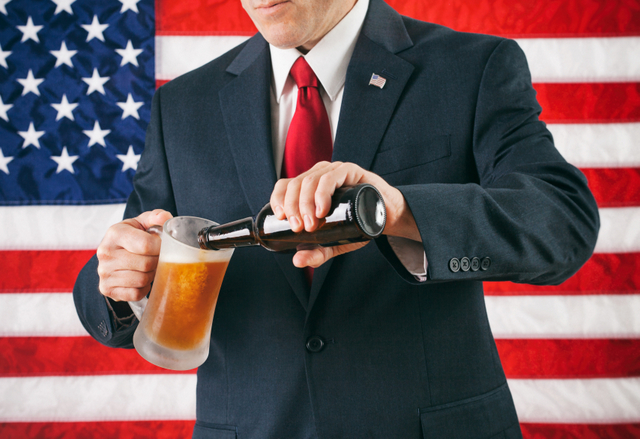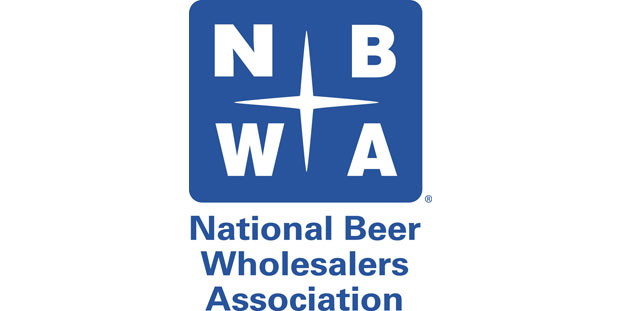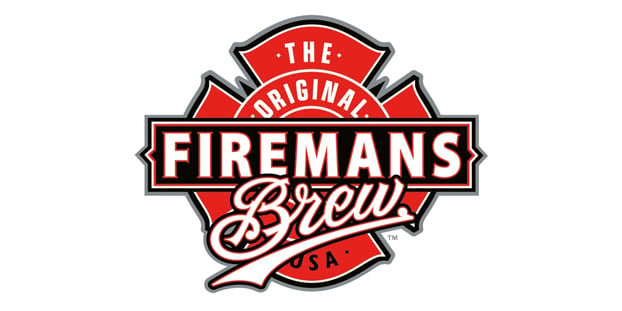
The craft movement has sparked innovation across a variety of products in the food and beverage industry with each segment benefiting from the success of its predecessors. Toward the end of 2016 and into 2017, the craft spirits industry has continued gaining momentum similar to that seen in the wine and beer segments over the past decade. In many states, like Florida, the varying craft associations are promoting their growth with special legislation that helps balance the craft categories through expanded on-premise privileges and limited direct to consumer sales.
In Florida, recent suggested legislative amendments have been proposed primarily to grant specific expanded privileges to qualifying craft distillers that can create new multi-use outlets and enable more personal and direct exposure to local products for consumers. This type of proposed legislation has historically been met with vast opposition and concerns relating to the integrity of the traditional three-tier system. However, at this point in history, the industry as a whole may benefit from the greater flexibility afforded to innovative producers that can support the energy of the expanded marketplace available to consumers.
The deep complexities and perceived inconsistencies of tied house laws have drawn into question the modern purpose and functionality of this regulatory scheme. While the industry benefits from the basic framework and ideology of tied house laws, our modern economy demands more targeted exemptions and special classifications to both promote and regulate growth. Immediate post-Prohibition lawmaking focused on enacting laws that created an effective structure for easy taxation and greater industry tier independence. Specifically, this era in lawmaking focused heavily on preventing larger suppliers from dominating the retail tier and ultimately owning their loyal client’s “lock, stock and barrel.”
This Court of Appeals decision is a big win for wholesaler independence
Today, the federal government and the vast array of state regulations and administrative rules that have developed since the 1930s do a fairly good job of accounting for proper tax recording and payments (we can overlook ecommerce issues for now) and generating license and administrative fee revenue. The second and somewhat predominant focus of tied house laws — maintaining tier independence — is often the stickier issue.
Ironically, it is the historically weaker class of industry members asking for flexibility. The integration of some supplier and retail functionality for a limited segment of suppliers seems almost necessary for further innovation in a diverse marketplace and the long-term survival of local and specialized producers. Current regulations frustrate local producers’ ability to first develop consumer loyalty and, secondly, meet customer demand when/if they are able to build a solid brand.
The impact of this frustration, however, is slower growth and innovation throughout the industry as a whole because if craft producers have done anything, they have certainly shared the wealth in their popularity. Larger producers have benefited from the surge in category growth and revitalized consumer interest by strategic acquisition and consolidation of newly popular brands. So, as the craft producers gain their market share, the rest of the industry is able to pick from their strategy and reinvigorate what may have previously been stagnant brands, even when such brands have been staples in beer and spirits categories.
More markedly however, larger suppliers and even distributors have benefited from the diversification of their portfolios either through consolidation or simply from the greater retailer demand for craft products that attract the growing masses of committed patrons. This diversification in portfolios and the higher price point of most craft brands has enabled both larger suppliers and distributors to increase the cost of mid-level (and at times even much lower than well-level) product but still keep these stable brands well below the premium cost of craft products.

Aside from direct industry members, the food and beverage world has never before been more married in concepts of traditional and genuine products that consumers not only savor but connect with and absorb into their lifestyles. In Florida in particular, we have seen the influence of craft on new concept and themed restaurants and more recently, headlines and grand openings centered on multi-use distillery concepts.
While some of these brewhouses only trade on the nostalgia of craft products rather than true craft production standards (some actually don’t produce anything at all), the appeal of the movement is promoted and advertised throughout the communities, drawn by the appeal of these new concepts. This appeal helps build patron loyalty, devotion to their community brands and interest in other craft or small-batch products, thereby supporting growth of smaller, yet innovative brands. With that growth, the cycle continues and feeds the rest of the industry.
While legislative efforts have been aggressive, not all have been ultimately successful or sparked enough statutory modernization to allow our craft producers to maximize brand development opportunities. Overall, the following areas still need further attention and modernization from our state legislators:
- Increased production caps;
- Exemptions for industry member investment and specified support;
- Multi-use allowances for licensed premises; and
- Direct to consumer sales and e-commerce outlets;
We do depend on the basic functionality and purpose of the three-tier system. For example, our system provides a third-party mechanism by which local brewers or distillers can spread their brands throughout the United States and beyond. There is an inter-reliance each tier shares on the other. However, when rigid rules prevent growth in a segment that will ultimately benefit the whole, it may be time to steer away from post-Prohibition fears and reconsider our regulatory scheme from a modern business perspective and the current trends fueling product innovation and consumer loyalty.
Marbet Lewis focuses her practice on the laws governing the alcohol industry and the manufacture, importation, and sale of alcohol beverage products. She represents clients in all aspects of alcohol business licensing, national alcohol licensee mergers and acquisitions, negotiation of asset purchase agreements and required alcohol use provisions, license transfers and licensing due diligence, trade practices, contracting between industry members, industry member relationships, alcohol product advertising and review of marketing agreements, importation agreements, label approvals, and regulatory compliance guidance. Her experience also includes enforcement action defense and administration litigation, zoning and land use due diligence and approval processes, and state and local government regulatory compliance, which includes drafting municipal code ordinances and amendments as well as assisting with redistricting and development of entertainment overlay districts.





[…] Enjoy Marbet’s fine article here […]